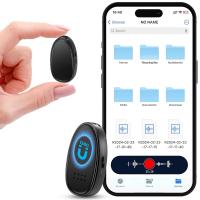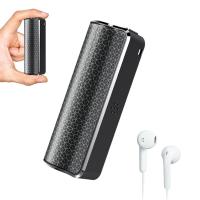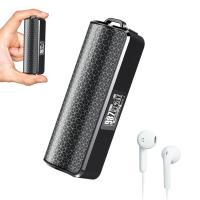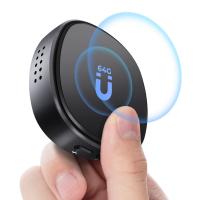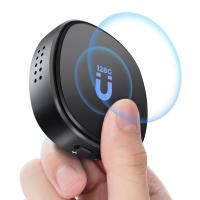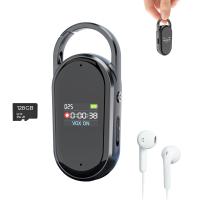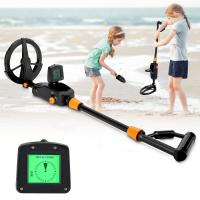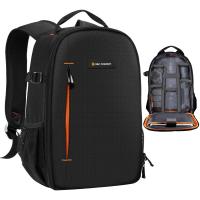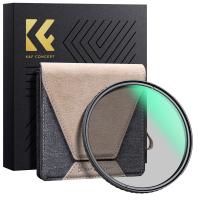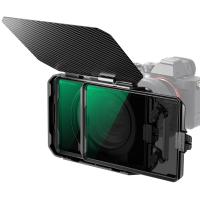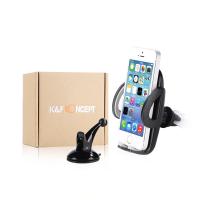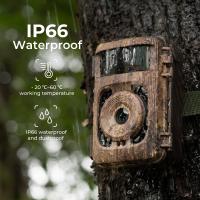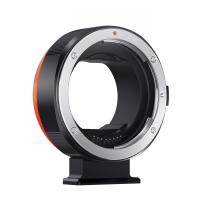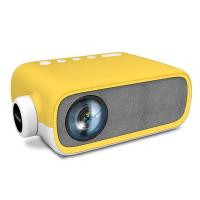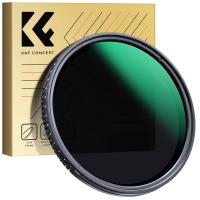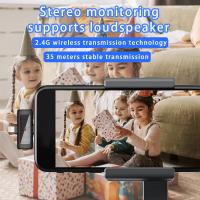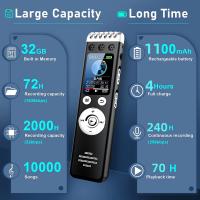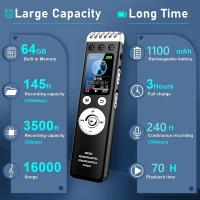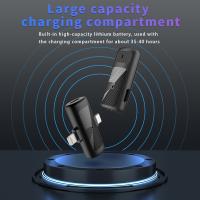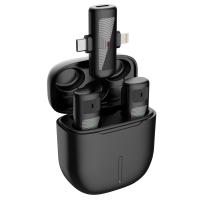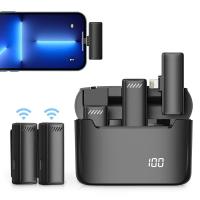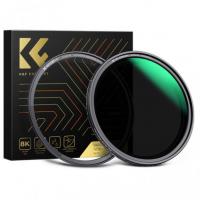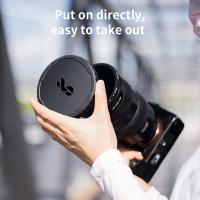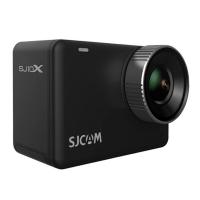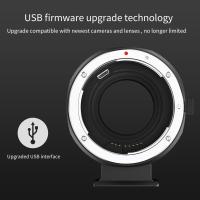How To Sound Good When Recording Your Voice?
Recording your voice to sound good is an art that combines technical know-how with vocal techniques. Whether you're a podcaster, a singer, a voice-over artist, or someone who just wants to sound better in video calls, understanding how to optimize your voice recording can make a significant difference. In this article, we will delve into various aspects of voice recording, from the technical setup to vocal techniques, and provide practical tips to help you achieve a professional sound.
Understanding the Basics of Voice Recording
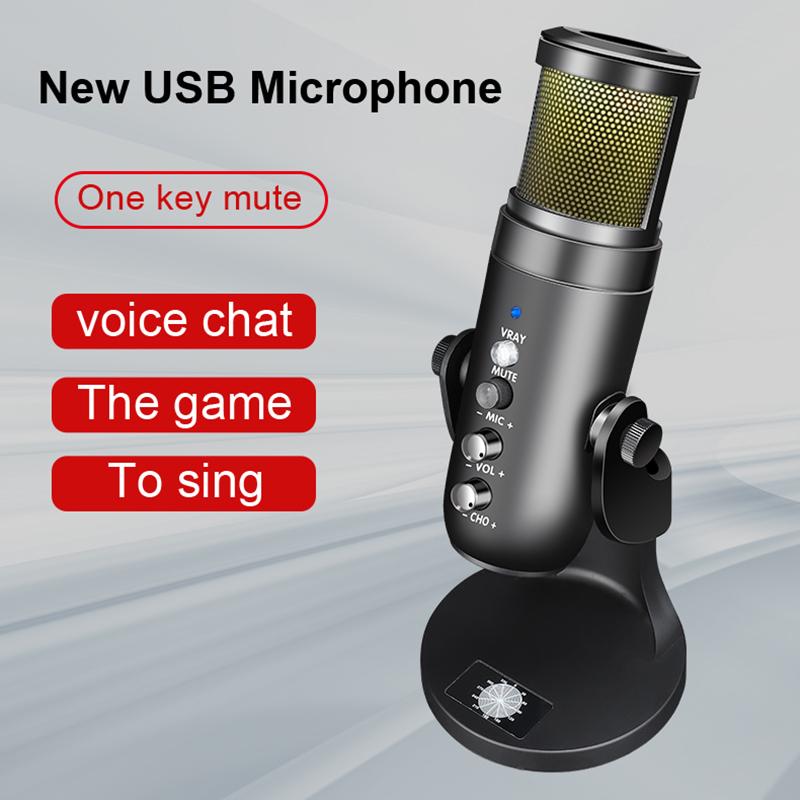
Before diving into the specifics, it's essential to understand the basic components of voice recording. These include the microphone, recording environment, and software. Each of these elements plays a crucial role in determining the quality of your recording.
Microphone Selection
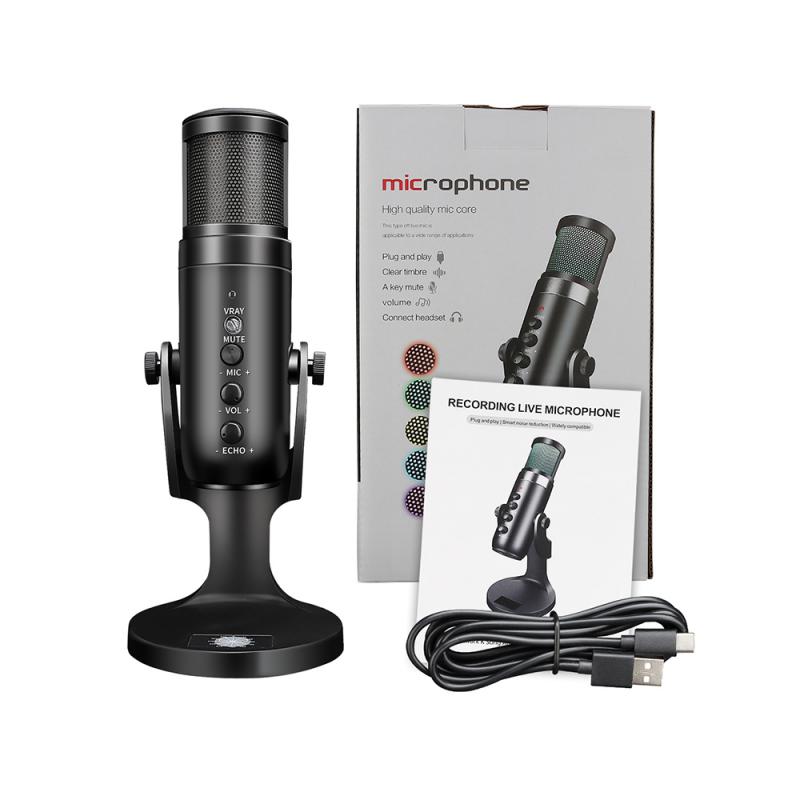
The type of microphone you use can significantly impact the quality of your recording. There are several types of microphones, but the most commonly used for voice recording are dynamic and condenser microphones.
- Dynamic Microphones: These are durable and can handle high sound pressure levels, making them ideal for live performances. However, they may not capture the full range of vocal nuances.
- Condenser Microphones: These are more sensitive and can capture a broader range of frequencies, making them ideal for studio recordings. They require a power source, usually provided by phantom power from an audio interface.
When choosing a microphone, consider your budget, the recording environment, and the type of voice work you will be doing.
Recording Environment
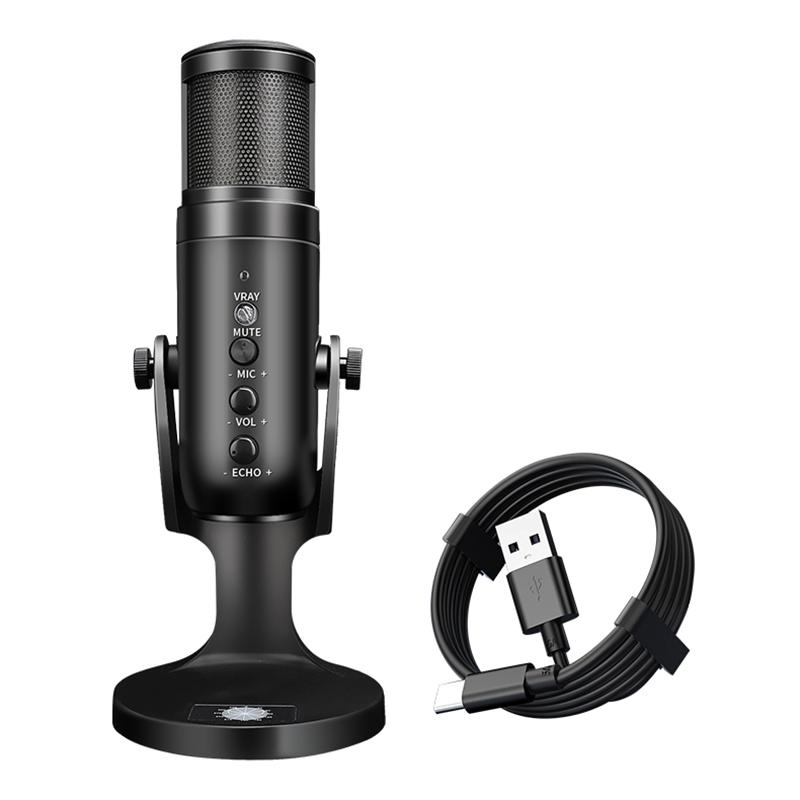
The environment in which you record can greatly affect the sound quality. Ideally, you want a quiet space with minimal background noise and good acoustics. Here are some tips to optimize your recording environment:
- Soundproofing: Use foam panels, heavy curtains, or even blankets to reduce external noise and echoes.
- Positioning: Place your microphone away from walls and other reflective surfaces to minimize sound reflections.
- Background Noise: Turn off any noisy appliances and close windows to reduce external noise.
Recording Software
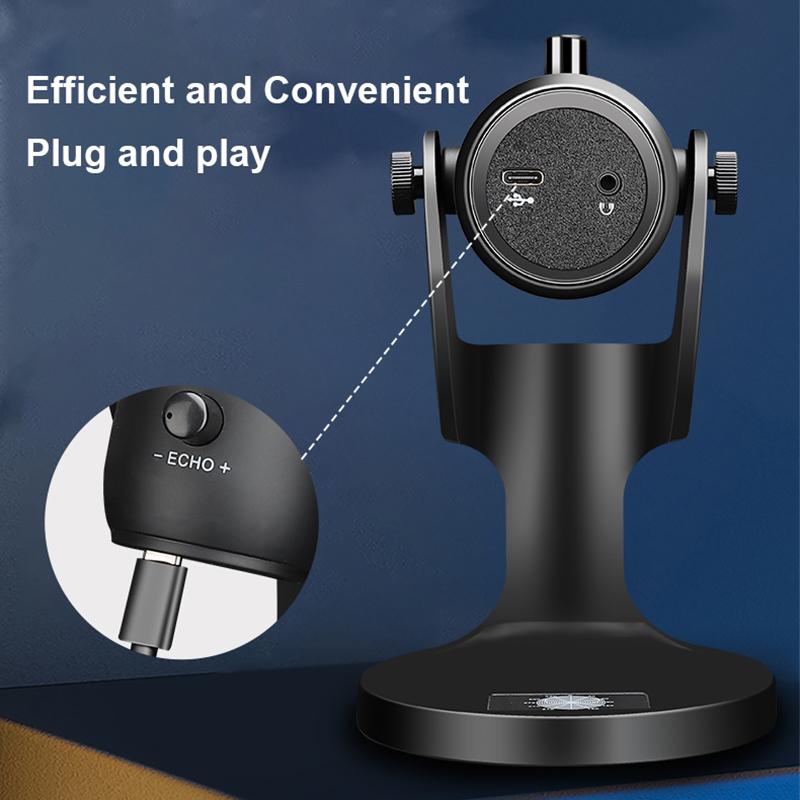
The software you use to record and edit your voice is also crucial. Digital Audio Workstations (DAWs) like Audacity, Adobe Audition, and GarageBand offer various features to enhance your recordings. Familiarize yourself with the basic functions of your chosen software, such as recording, editing, and applying effects.
Vocal Techniques for Better Recordings
Once you have your technical setup in place, the next step is to focus on your vocal performance. Here are some techniques to help you sound your best:
Warm-Up Exercises
Just like any other muscle, your vocal cords need to be warmed up before use. Simple exercises like humming, lip trills, and scales can help prepare your voice for recording.
Proper Breathing
Breathing from your diaphragm rather than your chest can provide better control and support for your voice. Practice deep breathing exercises to improve your breath control.
Posture
Good posture can significantly impact your vocal performance. Stand or sit up straight with your shoulders relaxed. This allows for better airflow and reduces strain on your vocal cords.
Articulation
Clear articulation is essential for a professional-sounding recording. Practice enunciating your words clearly and avoid mumbling. Tongue twisters can be a fun way to improve your articulation.
Technical Tips for High-Quality Recordings
Even with the best vocal techniques, technical issues can still affect your recording quality. Here are some tips to ensure your recordings sound professional:
Microphone Technique
- Distance: Maintain a consistent distance from the microphone, usually about 6-12 inches. Too close, and you risk distortion; too far, and your voice may sound thin.
- Angle: Position the microphone slightly off-axis to reduce plosive sounds (like "p" and "b" sounds) that can cause distortion.
- Pop Filter: Use a pop filter to minimize plosive sounds and protect your microphone from moisture.
Gain Staging
Proper gain staging ensures that your recording levels are neither too low nor too high. Aim for a recording level that peaks around -6dB to -3dB. This provides enough headroom to avoid clipping while maintaining a good signal-to-noise ratio.
Monitoring
Use headphones to monitor your recording in real-time. This allows you to catch any issues immediately and make adjustments as needed.
Post-Production Tips
Once you've recorded your voice, the next step is post-production. This involves editing and applying effects to enhance your recording.
Editing
- Noise Reduction: Use noise reduction tools to remove background noise.
- Cutting and Splicing: Edit out any mistakes, long pauses, or unwanted sounds.
- Fades: Apply fade-ins and fade-outs to create smooth transitions.
Equalization (EQ)
EQ allows you to adjust the frequency balance of your recording. Here are some general tips for EQing vocals:
- Low Cut: Apply a low-cut filter to remove any rumble or low-frequency noise.
- Midrange: Boost the midrange frequencies (around 1-3 kHz) to enhance clarity.
- Highs: Add a slight boost to the high frequencies (around 10-12 kHz) for added brightness.
Compression
Compression helps to even out the dynamic range of your recording, making the quiet parts louder and the loud parts quieter. This results in a more consistent and polished sound.
Reverb and Delay
Adding a touch of reverb or delay can give your voice a sense of space and depth. Be careful not to overdo it, as too much can make your recording sound muddy.
Practical Applications
Understanding how to sound good when recording your voice has practical applications in various fields:
- Podcasting: Clear and professional-sounding audio can make your podcast more enjoyable for listeners.
- Voice-Overs: High-quality recordings are essential for voice-over work in commercials, films, and animations.
- Singing: Proper recording techniques can capture the full range and emotion of your singing voice.
- Video Calls: Good audio quality can enhance your presence and professionalism in virtual meetings.
Sounding good when recording your voice involves a combination of technical setup, vocal techniques, and post-production skills. By selecting the right microphone, optimizing your recording environment, and using proper vocal techniques, you can significantly improve the quality of your recordings. Additionally, understanding how to edit and apply effects in post-production can take your recordings to the next level. Whether you're a podcaster, singer, voice-over artist, or just someone who wants to sound better in video calls, these tips will help you achieve a professional sound.



